Aluminum all-stars
Ranger's new lineup packs tournament-level features into affordable package
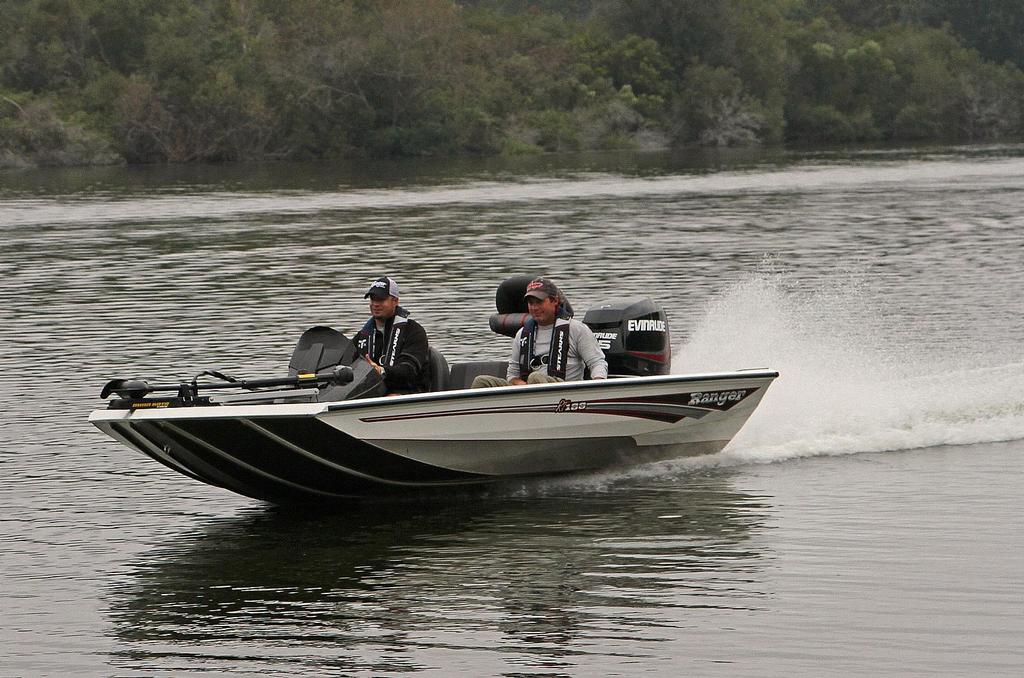
It’s a common dilemma facing many working class bass anglers – justifying the expense of a fiberglass boat can be a real gut check, but going aluminum carries the stigma of “settling for less.” Fortunately, Ranger Boats has bridged this gap with a lineup of aluminum boats boasting such an impressive array of quality and features that you might find yourself tapping the freeboard to make sure it’s really made of metal.
I got to fish out of Ranger’s new RT178 and RT188 aluminum bass boats during a recent outing at North Florida’s Bienville Plantation alongside FLW Tour pro Randall Tharp. The 2013 Forrest Wood Cup winner isn’t likely to give up his fiberglass Ranger rocket ship anytime soon, but after taking a spin in these sporty little tin jobs, Tharp was duly impressed with the aluminum vessels his boat sponsor introduced earlier this year.
“My impression is, “I need one,” Tharp stated. “The RT 188 (that we fished) has all the comforts of my 520 C. It’s a great all-around boat and it also has the advantages of getting in hard-to-reach places without damaging a glass boat. I don’t think you sacrifice a lot of performance in that boat but you gain a lot as far as what you’re able to do with it.”
Made with serious tournament-ready features such as a raised front deck, recessed trolling motor pedal, generous storage, spacious rod lockers and a dash filled with performance instrumentation (speed, tachometer, fuel and trim gauges) along with soft touch switching and flush-mounted Lowrance electronics, these boats are going to change the long-held mindset that aluminum boats are for those who can’t afford fiberglass.
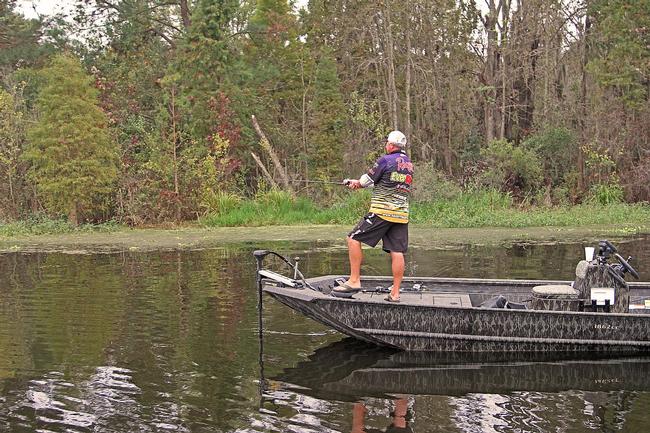 The economics are clear – you can climb into a fully-rigged Ranger aluminum bass boat complete with electronics, trolling motor, outboard and a Ranger Trail Trailer (equipped with deluxe wheels, swing-away tongue and waterproof lights) for around $17,000- $21,500 based on model and options. You’ll part with a lot less cash on each boat payment, but you’ll have a hard time listing a lot of “give-ups.”
The economics are clear – you can climb into a fully-rigged Ranger aluminum bass boat complete with electronics, trolling motor, outboard and a Ranger Trail Trailer (equipped with deluxe wheels, swing-away tongue and waterproof lights) for around $17,000- $21,500 based on model and options. You’ll part with a lot less cash on each boat payment, but you’ll have a hard time listing a lot of “give-ups.”
Other attractive features include: Competition steering wheel, lockable storage, driver/passenger bucket seating with center fold down, marine-grade carpet, rod straps, tool holders, on-board charger and a 12-volt power outlet.
No question, Ranger went to great lengths to give the aluminum boat angler ample reason for pride at the ramp without pain at the pump.
“There is a lot of maintenance and upkeep on any boat, but your cost is going to be a lot less that it’s going to on my tour boat,” Tharp said. “And when you go to fill that thing up every day, it’s not going to cost you a $150 like it does me.”
Space and stability
While working with Tharp and others, I found remarkably spacious front decks on the RT178 and RT188 which were broad enough for two guys to fish with ease. Similarly, the back decks afford ample space to spread out and work different techniques.
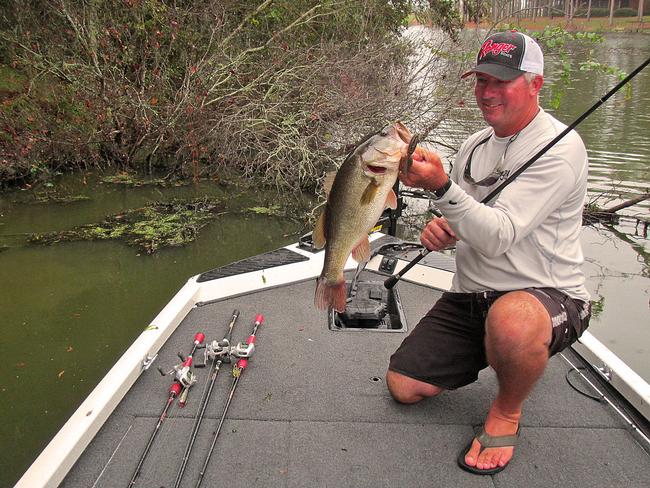 “This is very spacious boat for that length,” Tharp said. “I have had some experience fishing out of that size aluminum boat made by other manufacturers and the RT188 is, by far, the best layout I’ve ever fished out of. And you don’t sacrifice any stability. That’s probably the most stable aluminum boat I’ve ever been in.
“This is very spacious boat for that length,” Tharp said. “I have had some experience fishing out of that size aluminum boat made by other manufacturers and the RT188 is, by far, the best layout I’ve ever fished out of. And you don’t sacrifice any stability. That’s probably the most stable aluminum boat I’ve ever been in.
“I wouldn’t recommend that boat for someone who’s going to fish Lake Erie, but I’d say that 75 percent of the water I fish all over the country, that boat would be suited really well for. The only negative I see is really big water and big waves. But that boat is a definitely an advantage when fishing the way I like to fish – super shallow, super stealthy, super thick stuff. Honestly, that RT188 would probably outperform my tour boat for that style of fishing.”
Even in still water, aluminum boats have long struggled with the notion of tipping – a drawback absent in Ranger’s new models. I’m notorious for stomping all around a boat to find the exact photo angle I want and with expanding closed-cell foam injected throughout the deck, floor, sides and aft section, Ranger’s upright, level floatation stood up to my borderline recklessness.
At one point, I and two other men stood at the portside gunwale to capitalize on a hot frog bite in the weed mats of Bienville canals. Mind you, this was no delicate little drop-shotting operation – we were chunking and winding those frogs in rapid fire; and occasionally jerking and high-sticking to keep our amphibian imposters away from the aggressive juvenile gators apparently fooled by the ruse.
Real deal features
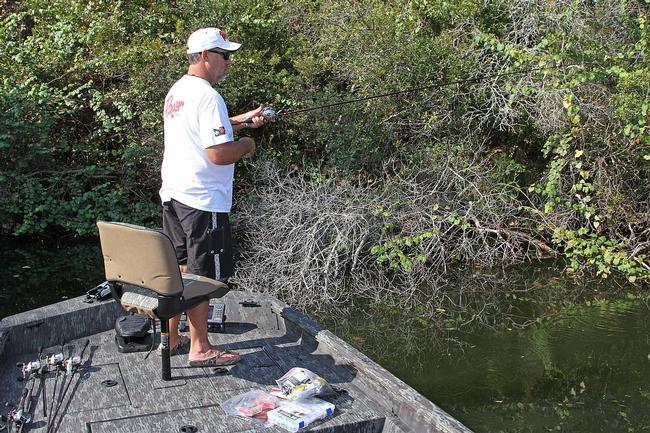 Another past Cup champ, Arkansas’ Scott Suggs has also put in some time in other aluminum boats and one of his pet peeves is dry storage; or more specifically, the lack thereof. Ranger has addressed this with lipped storage boxes and rubber seals.
Another past Cup champ, Arkansas’ Scott Suggs has also put in some time in other aluminum boats and one of his pet peeves is dry storage; or more specifically, the lack thereof. Ranger has addressed this with lipped storage boxes and rubber seals.
Livewells also rate of paramount importance to tournament anglers and the RT178 and RT188 feature oversized, aerated wells with automatic timers. Both held their own throughout full-day photo shoots when bass were often escorted from one spot to another for various background needs. (I know, I’m revealing trade secrets.)
“The live wells have really good pumps, they stayed level full and they drained well,” Suggs said of his experience in the RT178 and RT188.
Tharp said one of his favorite features is the RT188’s center rod storage. With room for an 8-foot flipping stick, plus ample storage on both sides and the back deck, Tharp said this metal memory maker is laid out similar to a tour-level tournament boat. Another cool design feature is slot between the console and gunnel, which allows you to lay longer rods flush with the deck.
In terms of safety and solidity, Ranger boasts all-aluminum floors and decks (no wood), aluminum transom with pultruded fiberglass reinforcement, a performance-engineered console made of fiberglass (not plastic), a keel extrusion that interlocks with the hull bottom (welded on both sides) and Ranger’s Road Armor equipped trailer finish. Noting the keel guards common to fiberglass boats, Suggs described the bottoms of Ranger aluminum boats as indestructible.
“The way they put those two pieces together and lock them in that keel extrusion and then weld inside and out, other than getting a few scratches on the keel, it’s going to be pretty hard to destroy that thing,” Suggs said. “If you decide you want to go into a place and decide you want to hop over a beaver hut, I wouldn’t think twice about it in this boat.”
Customers for life
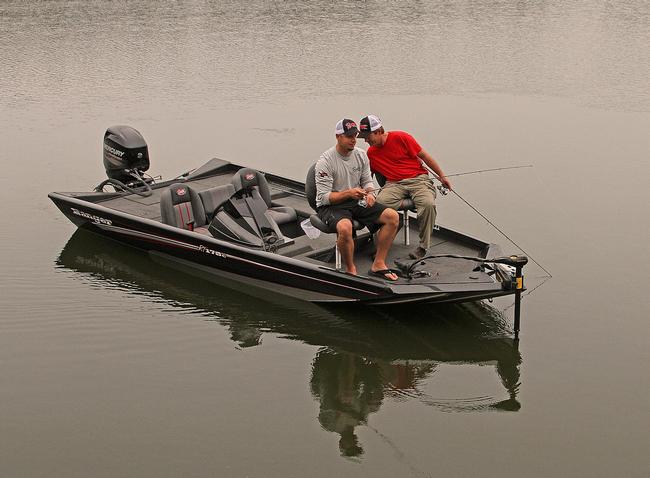 Now in addition to the guy who works a handful of years to afford a bass boat for weekend recreation, the burgeoning ranks of college anglers find lots of young competitors limited by the economics of traditional bass boat ownership. These new aluminum boats will open that door for many during their college careers and forthcoming regional competition. Ranger Vice President of Sales Keith Daffron said that doing so without burdening young up-and-comers with a huge boat payment, fuel bill, etc., allows the company to attract consumers at an earlier stage in their boat ownership.
Now in addition to the guy who works a handful of years to afford a bass boat for weekend recreation, the burgeoning ranks of college anglers find lots of young competitors limited by the economics of traditional bass boat ownership. These new aluminum boats will open that door for many during their college careers and forthcoming regional competition. Ranger Vice President of Sales Keith Daffron said that doing so without burdening young up-and-comers with a huge boat payment, fuel bill, etc., allows the company to attract consumers at an earlier stage in their boat ownership.
“For big ticket purchases, there is often a series of steps that we take,” Daffron sad. “I use houses and vehicles in this analogy. We start with what we can afford and hopefully work toward what we dream of. I believe the same holds true in boating. This is one of the key reasons we jumped into the aluminum fishing boat market.
“We want customers to be able to buy a boat of Ranger quality that will give them a great user experience, and have the resale value to reinvest down the road,” Daffron continued. “I don’t know of another boat company that can start a customer at a $17,000 aluminum boat and end up at a best in class Z521C. Ultimately we want an angler to fish his entire career and never have to change jackets.”
Good example – Alabama high school sophomore Alexander Mitchell, whose parents recently purchased an RT188 for his bass-fishing pursuits. Residing in Huntsville, he spends most of his bass-fishing time on Lake Guntersville. College is a few years off, but he’s already eyeing Auburn with an interest in the Tigers’ well-established bass-fishing club.
“I started fishing in second grade with the Boy Scouts and I’d like to make it to the next level,” Mitchell said. “That would be amazing to have the opportunity (to fish for a college team).”
Mitchell said that getting some time behind the wheel is essential in preparing himself for this possible course and Ranger’s aluminum line offered a solid alternative to a pricy fiberglass rig.
“I think eventually, after college, I’ll want to step up to a fiberglass boat,” Mitchell said. “But the aluminum boat is a fantastic option because it’s very affordable and it’s so light.”
Boat buying redefined
Daffron said that Ranger knew that the buying experience for an aluminum product would be different than with the fiberglass lineup. Buyers would likely be more impulsive, so comprehensive information had to be made available and easy to find.
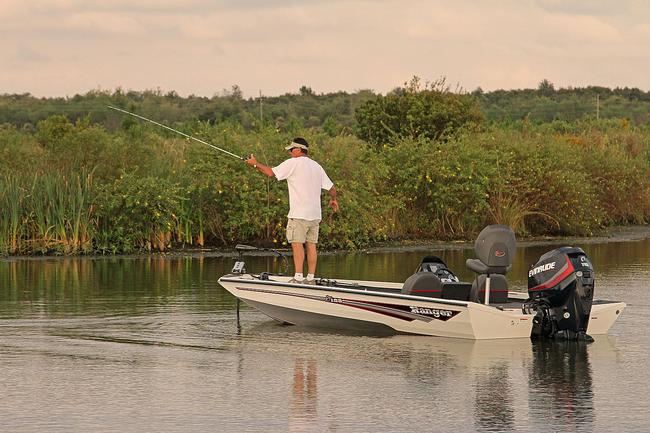 Ranger also anticipated customers assuming the new aluminum boats would be priced out of their budget. In order to overcome this and provide a better buying experience the company developed a dedicated site for its aluminum line, www.rangeraluminum.com.
Ranger also anticipated customers assuming the new aluminum boats would be priced out of their budget. In order to overcome this and provide a better buying experience the company developed a dedicated site for its aluminum line, www.rangeraluminum.com.
“This website tells a customer so much about how the boat can be configured from the factory and what it’s going to cost; even down to providing performance specs with different outboard applications,” Daffron said. “So far it’s been a real eye opener for us as customers who dialed in their own boat online and later showed up at the dealership to place the order.
“With so many stories like that we know it must be working.”
In addition to the bass model, the RT178 also comes in a crappie fishing configuration. Furthermore, Ranger’s aluminum line includes the multi-purpose vessel (MPV) series of 16, 17 and 18-foot camouflaged fishing/duck boats.